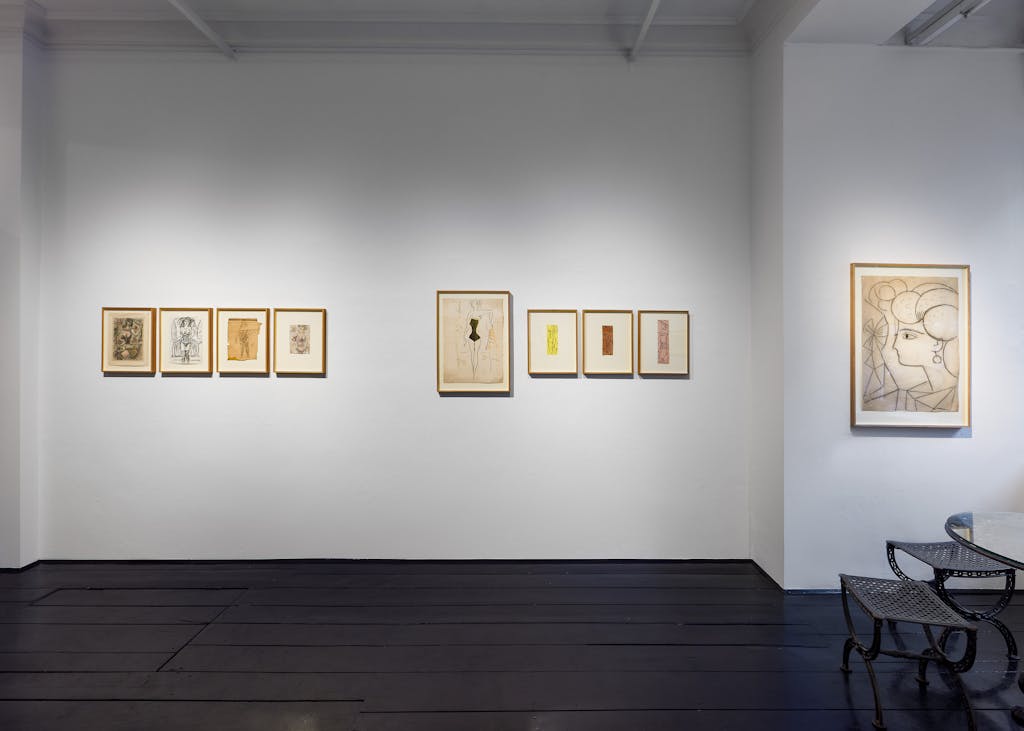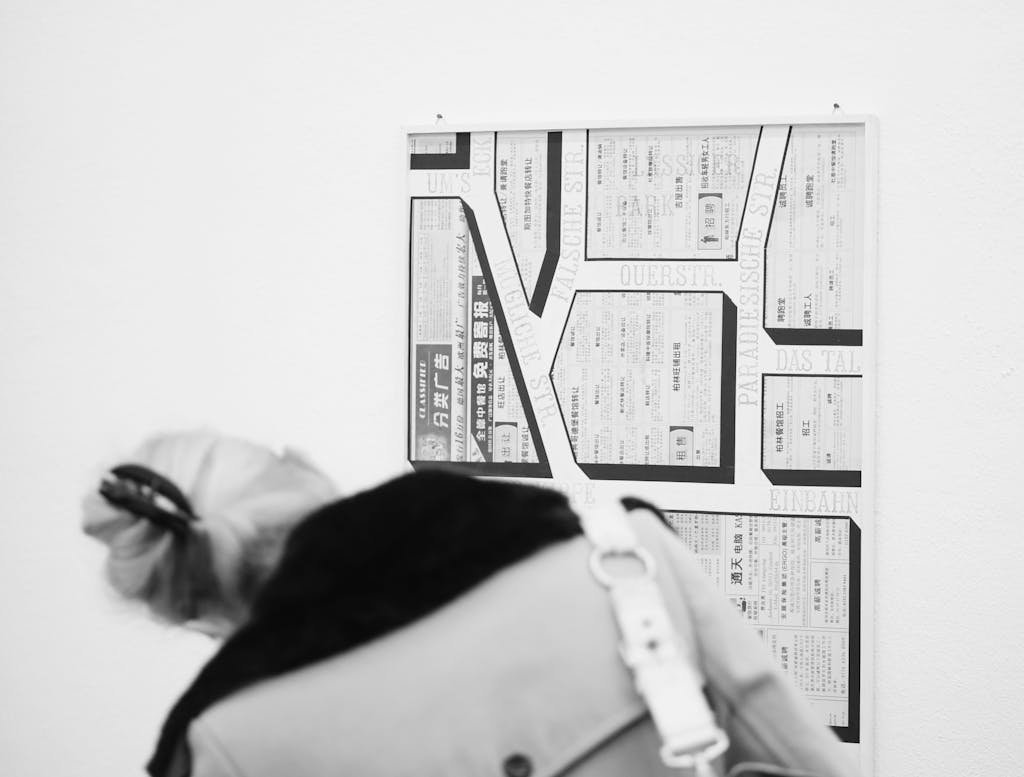Like other young artists at the Academy in Prague, Tichý found himself increasingly confronted with the restrictions of Stalinist cultural policy from 1948 onwards. At that time, he initially reacted with resignation, broke off his studies and temporarily stopped painting. In the 1960s and afterwards, Tichý created a large number of works on paper. Far from the formal and content-related dogmas of Socialist Realism, he concentrated almost exclusively on depictions of the female body.
Tichý’s drawings reveal a pronounced sense of form and proportion. His way of capturing the essential characteristics of the models with quick and frugal strokes indicates a clear influence of Picasso and Matisse. It is particularly his early works, in which he puts few lines, boldly and almost fleetingly on paper, that point out Tichý’s avant-garde approach. Later depictions are more detailed, and also more narrative and often coarser.
Until now, Tichý’s drawings have rarely been shown. He gained greater attention through his photographs, which he made in large numbers from the late 1960s to the early 1990s. Even though many of these photographs appear indiscreet, they are never compromising, but can be understood as respectful representations. The special materiality of the unique prints, with their traces of production and graphic reworking, underlines this.
It is similar with the works shown here. Tichý’s pictures, most of which also include situational aspects, place the female body in an area of suspense between pointing and watching. Observing and retracing what is seen has always been at the core of this genre in art history, whether in religious or mythological pictorial contexts, or freed from this, in Impressionism and after. The homage and solemn appreciation of the female body find a strong and personal expression in Miroslav Tichý’s drawings shown here, which render the naked body, the visibly human, the visibly feminine.
Miroslav Tichý (b. 1926 in Nětčice, Czechoslovakia, d. 2011) first gained international attention when Harald Szeemann included some of his photographs in his Biennale de Sevilla 2004. In 2005, Tichý won the Rencontres d’Arles. He has had major exhibitions at the Kunsthaus Zürich (2005), House of Arts (Dům umění), Brno, Czech Republic (2006), the Centre Pompidou, Paris (2008), and the International Center for Photography, New York (2012). Tichý’s works are represented in numerous collections, including the Victoria & Albert Museum, London, the Museum für Moderne Kunst, Frankfurt, the San Francisco Museum of Modern Art, and the Centre Pompidou, Paris. In 2009, KEWENIG Galerie included the artist in its programme with two exhibitions at its branches in Palma de Mallorca and Cologne.

